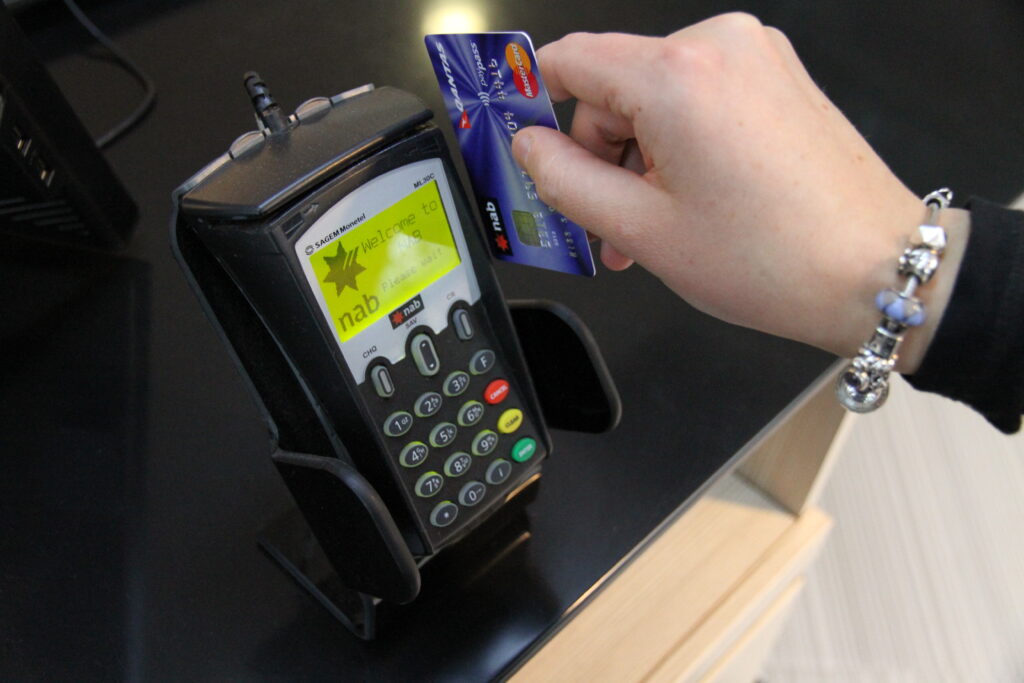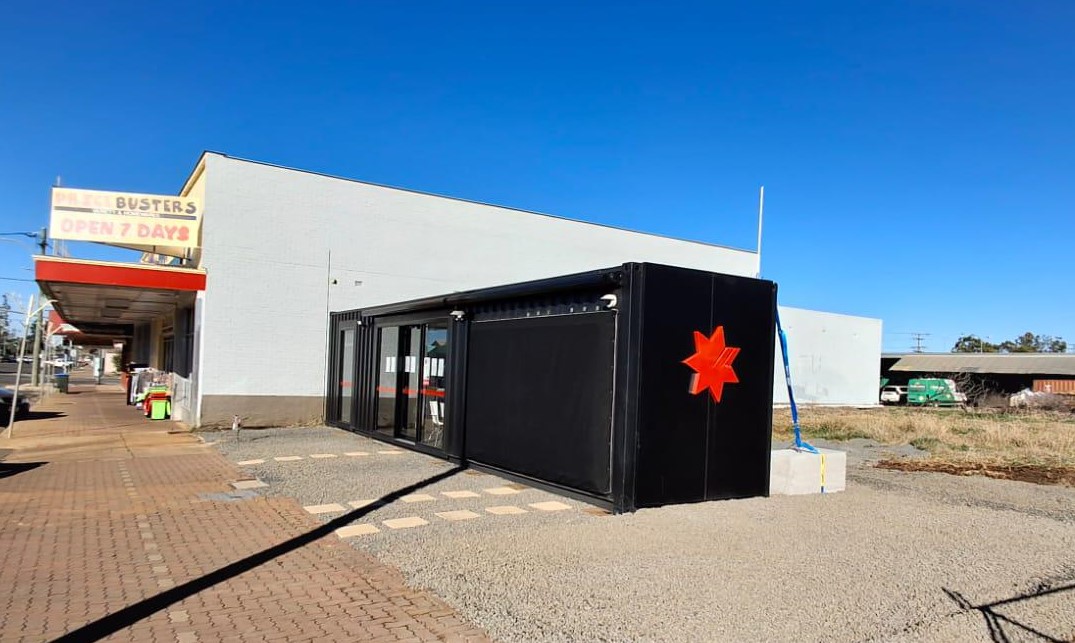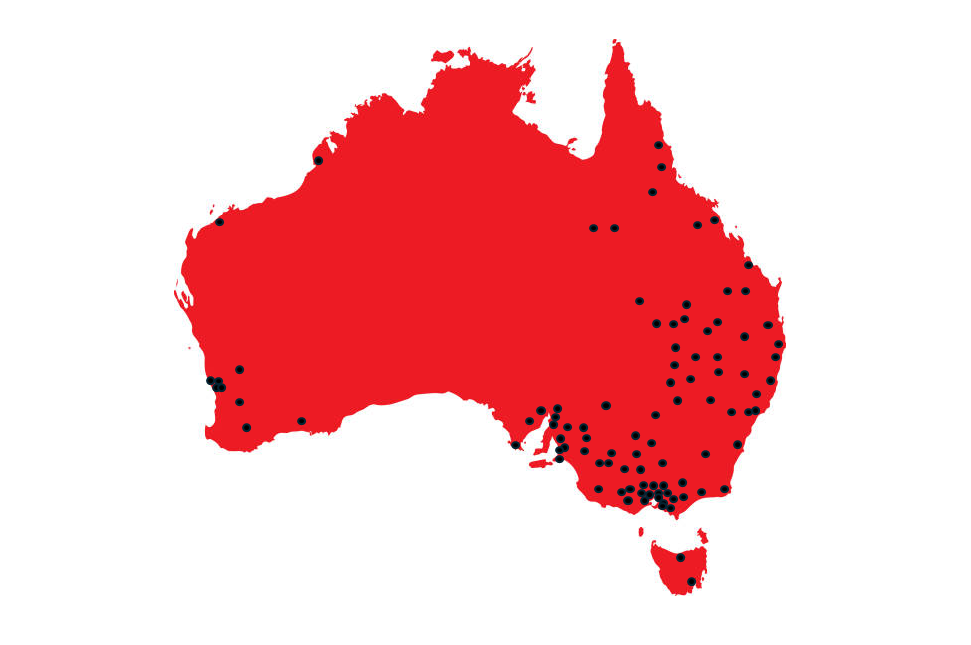It’s the generosity of millions of Australians that plays a critical role in a charity’s ability to continue their mission and support the community.
However, in what’s recently been coined “Robin Hood fraud”, criminals are now using stolen credit cards to make donations to charitable organisations.
“One scenario involves a criminal making a large donation, like $1000,” Zoe Fairfull-Smith, NAB’s Manager of Anti-Crime Education. “Once received, they call the charity to explain how they only intended to donate $100, and to request a partial refund to be delivered using a different payment method – one that the criminal can access.”
It’s typically after a criminal has successfully made small payments of $1 or $2 that they really start to target charities. “Once they know the card is active, they often make increasingly larger payments that wind up exhausting the credit card’s limit,” says Fairfull-Smith.
For most businesses, it’s common practice – if not policy – for their staff to only process a refund via the same payment method the original amount was received. But for some charities, the lack of internal processes and inadequate employee and volunteer training can result in costly mistakes.
“Charities are often victims of fraud as they don’t always have the capacity or capability to identify and prevent such persistent attacks from criminals,” says Fairfull-Smith. “Depending on the scope, the impact of fraud can lead to card scheme issues, the loss of charity funds, plus the administrative burden of rectifying the issues which can place significant strain on their already limited resources.”
Here are five ways charitable organisations can better protect themselves from fraud:
- Train staff to take care with refund requests: Understand the nature of the request and only process refunds using the same method of payment as it was received.
- Never process a credit card refund to a Western Union account
- Look out for reoccurring $1 or $2 credit card payments: People don’t typically make such small payments using a credit card, so this could be a sign of suspicious activity.
- Be suspicious of emails requesting refunds: This is unusual behaviour and they should be investigated with care.
- Creating another layer of authorisation in the transaction process by investing in robust 3D security software can make it more difficult for criminals to commit fraud.
If you’re a NAB customer and have concerns relating to fraudulent activity, speak with your Banker, contact our Customer Contact Centre on 13 22 65 or visit your local branch.
More from NAB:





